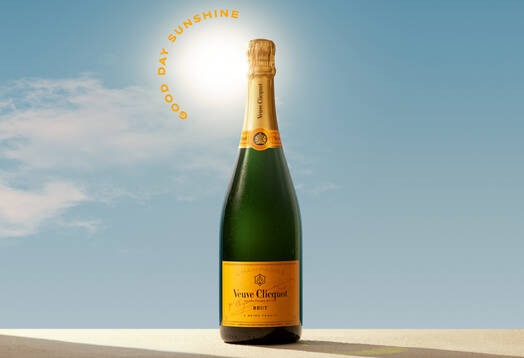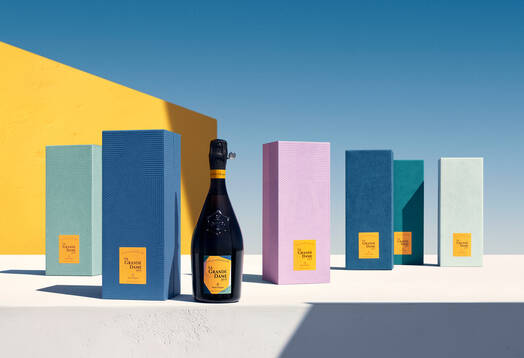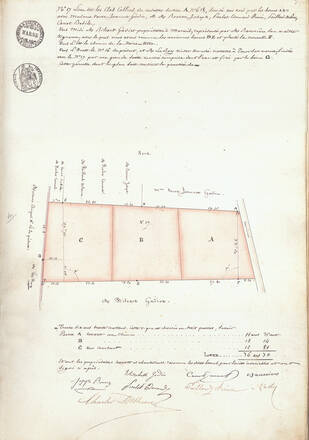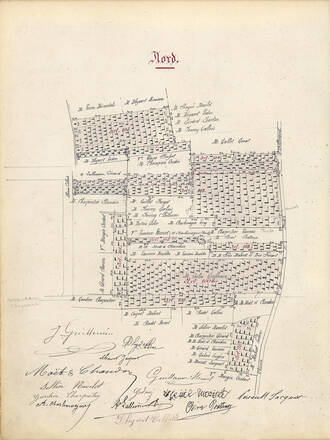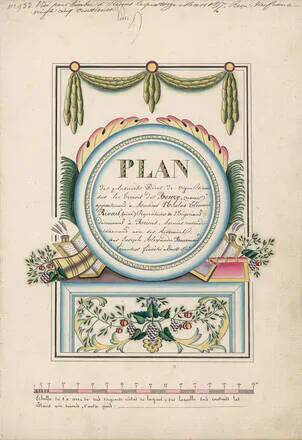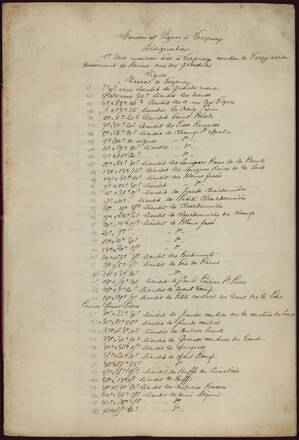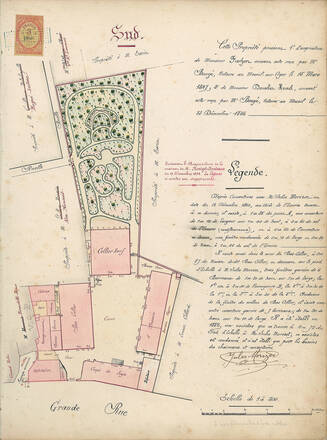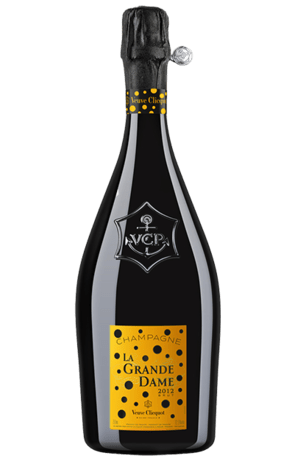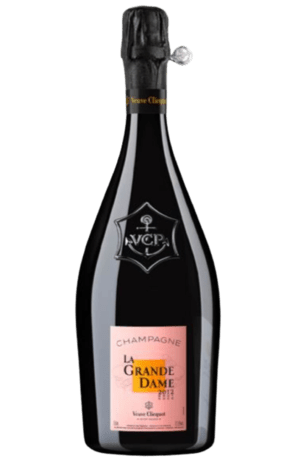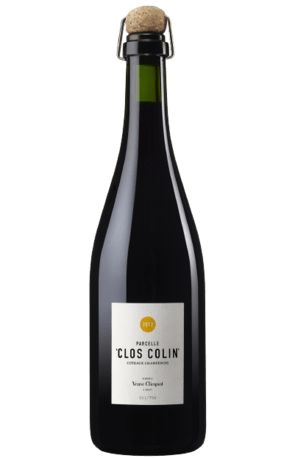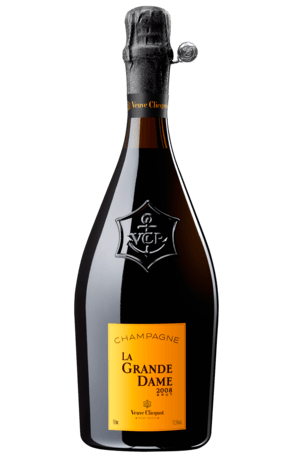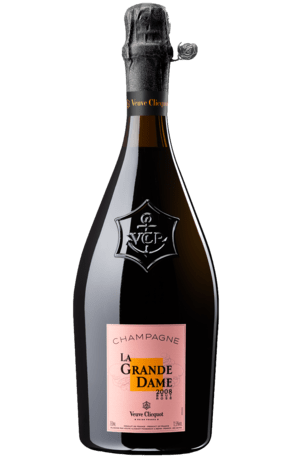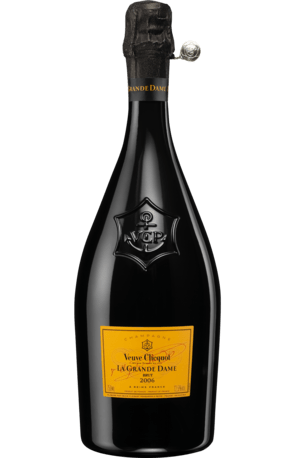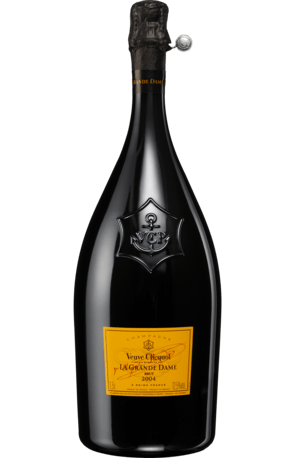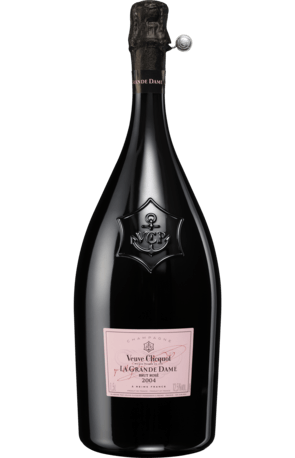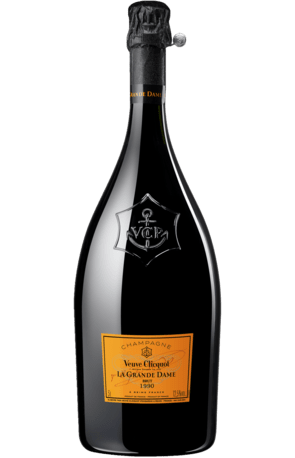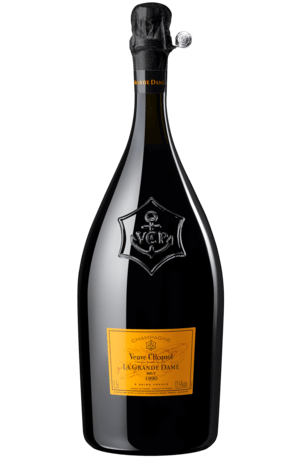La Grande Dame showcases the House’s excellence, perfectly expressing its love for Pinot Noir. A tribute to Madame Clicquot and the creative and elegant souls who have followed in her footsteps, this wine is in the image of La Grande Dame herself. For the House of Veuve Clicquot, La Grande Dame 1990 is the champagne of the millennium, launched in 1999 to inaugurate the 2000s. Our hidden treasure. The House decided to draw prestigious magnums and jeroboams from this year endowed with exceptional sunshine.
PARCELS
Madame Clicquot used her determination, intuition and vision to choose and acquire exceptional parcels in the villages Bouzy, Verzenay and Verzy, all of which would later go on to obtain the prestigious Grand Cru classification.
La Grande Dame 1990 Magnum
creation it is today. The year began with a warm, wet winter - not seen in the region since 1966 - and spring arrived in late February. The first signs of summer also came early, making themselves felt during March, when the gentle warmth coaxed open the buds nearly a month early. 12,000 hectares of vines then endured two spring frosts, on 5 and 19 April in 1990. Flowering took place in the first half of June during a slightly cooler period, bringing some coulure (or ‘shatter’) and millerandage (uneven grape sizes) on those vines that lagged behind the rest. In July, summer conditions took hold across the region. Although temperature and rainfall were normal for this period, the level of sunshine was, of course, remarkable, and foreshadowed this vintage’s brilliant future. As the harvest approached, sugar levels rose rapidly, whilst acidity stayed at good levels. Picking began in the second week of September for Chardonnay grapes and the following week for Pinot Noir. The musts were remarkably well balanced, with average sugar levels of over 10,5g/l and acidity of 8g/l. With the exception of some Chardonnay grapes affected by botrytis, the quality of the three varietals was uniformly outstanding: a radiant finale to this luminous year. La Grande Dame 1990’s signature blend draws traditionally on the eight Grands Crus, which are among the most prestigious in Champagne. It is dominated by Pinot Noir, with nearly 61%. These grapes come from Aÿ, in the Grande Vallée de la Marne, and Verzenay, Verzy, Ambonnay and Bouzy in the Montagne de Reims. The Chardonnay portion of 39% was harvested from the vines in the Grands Crus of Avize, Oger and Mesnil-sur-Oger in the Côte des Blancs.
Tasting notes
La Grande Dame 1990 Magnum
Contains sulphites.
- GARDEN GASTRONOMY :
- Fresh vegetables
- Fresh herbs
- Fresh fruits
Technical identity
La Grande Dame 1990 Magnum
AGING IN MAGNUMS
This exceptional format has greater depth and complexity. The ratio of wine volume to the area of contact with the air is lower than in a standard 75cl bottle, the gas exchange is therefore less important, and the oxygenation of the wine is slower.
The aging process is more gentle. The period maturing on lees in our chalk cellars, where conditions are ideal, enriches the wine with complex aromas and gives it flexibility, texture and depth.
